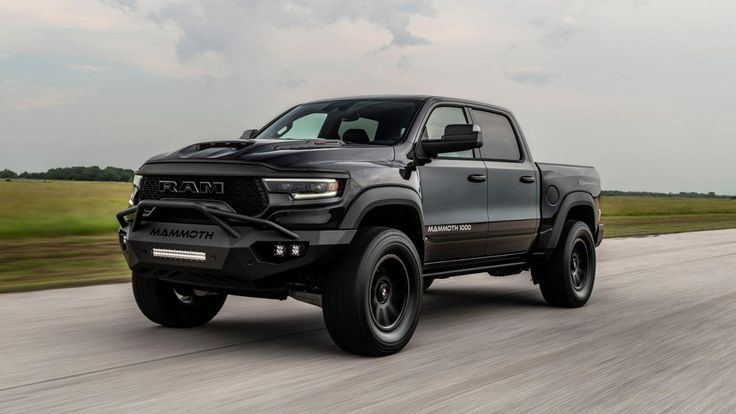Pickup trucks have long been the workhorses of America, and for good reason. Whether you’re hauling lumber, towing a trailer, or just want to conquer the backroads with style, a good pickup truck can be your best companion.
However, as any true truck enthusiast knows, not all pickups are built the same. Some are legends of reliability, clocking in hundreds of thousands of miles with just routine maintenance.
Others, well… they live more in the repair shop than on the road. And if you’re a die-hard gearhead like me, there’s nothing more frustrating than shelling out thousands on unexpected repairs when you’d rather be upgrading performance parts or taking your rig off-road.
This guide dives deep into both ends of the spectrum. We’ll explore 5 pickup trucks with the lowest repair rates—machines that just don’t quit. And then we’ll look at 5 trucks that, unfortunately, constantly break down, draining wallets and patience in equal measure.
Whether you’re shopping for a new pickup, researching a used one, or just love soaking up truck knowledge like oil in a garage towel, this list is for you. Buckle up, because we’re going full throttle into the world of reliability, lemons, torque, and truth.
5 Pickup Trucks With the Lowest Repair Rates
If you’re looking for a truck that’s more workhorse than whiner, these five pickups top the charts for reliability. With impressively low repair rates and stellar reputations among mechanics and drivers alike, these are the trucks you can count on year after year.
ALSO READ: 5 Retired Models That Increased in Value and 5 That Didn’t
1. Toyota Tundra
Regarding rock-solid reliability, the Toyota Tundra is the undisputed king of full-size pickups. This beast is built like a tank and has a reputation that most trucks can only dream of. Toyota’s engineering is on full display here, especially with models built from 2010 to 2021—many of which have easily surpassed 300,000 miles with basic maintenance.
The Tundra’s 5.7L V8 engine is the hero of the story. It’s a powertrain that just doesn’t quit. Owners consistently report minimal issues, even after years of heavy towing and off-road abuse.
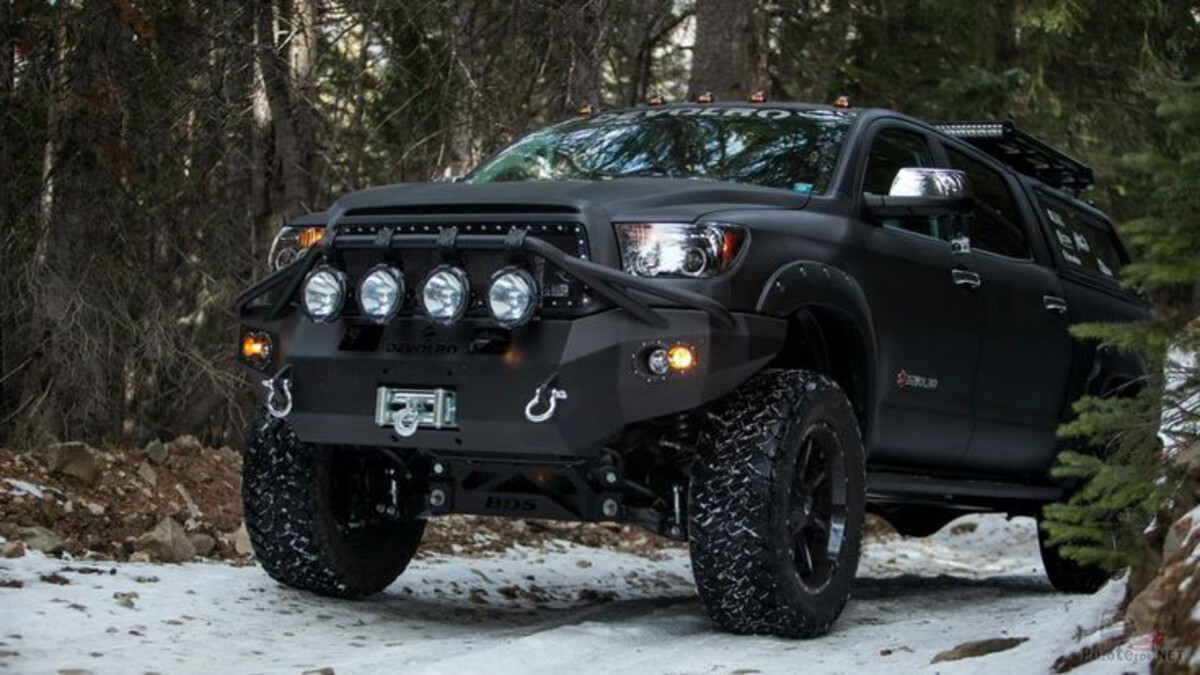
The transmission is smooth, predictable, and robust. And when it comes to electrical or drivetrain repairs, the Tundra is nearly bulletproof.
According to RepairPal and Consumer Reports, the Tundra ranks among the lowest in annual repair costs for full-size trucks. Mechanics praise its simple layout and durable components. Sure, it’s not the most fuel-efficient rig on the road, but when you factor in how rarely it visits the shop, it’s worth every drop.
In the used truck market, the Tundra holds its value like gold. That’s because truck lovers—and smart buyers—know this isn’t just a truck. It’s an investment in peace of mind.
2. Honda Ridgeline
Now, I get it—some purists will argue the Honda Ridgeline isn’t a “real truck” because of its unibody design. But let me tell you, when it comes to reliability, this midsize pickup eats problems for breakfast. The Ridgeline consistently ranks as one of the most trouble-free trucks in the game, and its loyal fan base knows exactly why.
Powered by Honda’s tried-and-true 3.5L V6 engine, the Ridgeline delivers smooth performance and minimal mechanical issues.
It’s refined, dependable, and doesn’t require major surgery every 60,000 miles like some of its rivals. Its AWD system, borrowed from the Pilot, is a gem in snowy conditions and dirt trails alike.
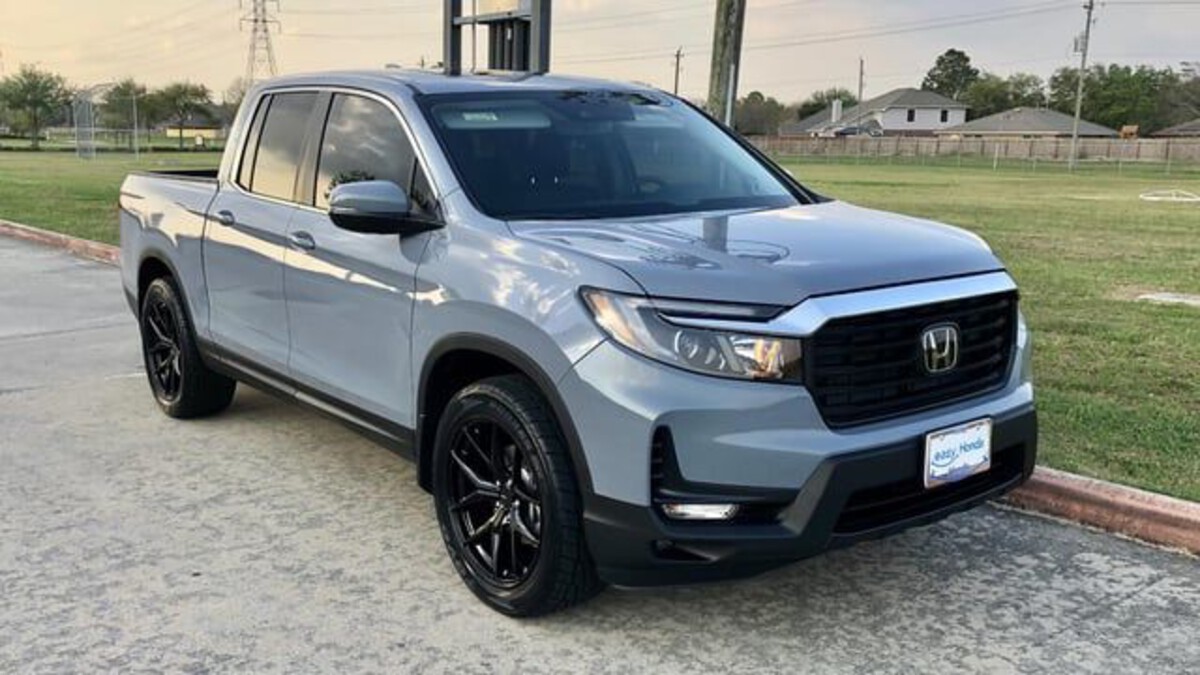
Mechanics often report that the Ridgeline is one of the few trucks they don’t see in the shop unless it’s in for routine oil changes or tire rotations. That’s saying something. Even older models (2006–2014) are known to run well over 200,000 miles.
It’s not designed for hardcore off-roading or towing battles, but for the average truck owner, it’s perfect. Plus, it offers one of the best ride qualities in the segment.
If you’re after a dependable, low-maintenance pickup that’s versatile and comfortable, the Ridgeline is a silent warrior.
3. Ford F-150 (2014–2020 Models)
America’s best-selling vehicle for over four decades? You know there’s a reason. The Ford F-150, particularly models from 2014 to 2020, has earned a rock-solid rep for being one of the most dependable workhorses out there. Not every F-150 year hits the mark, but these ones? Chef’s kiss.
Let’s talk about the 2.7L and 3.5L EcoBoost engines—these turbocharged powerplants are surprisingly durable when maintained properly. They pack serious punch and rarely suffer from major failures.
Combine that with Ford’s high-strength aluminum body (from 2015 onward), and you’ve got a lightweight, corrosion-resistant champ.
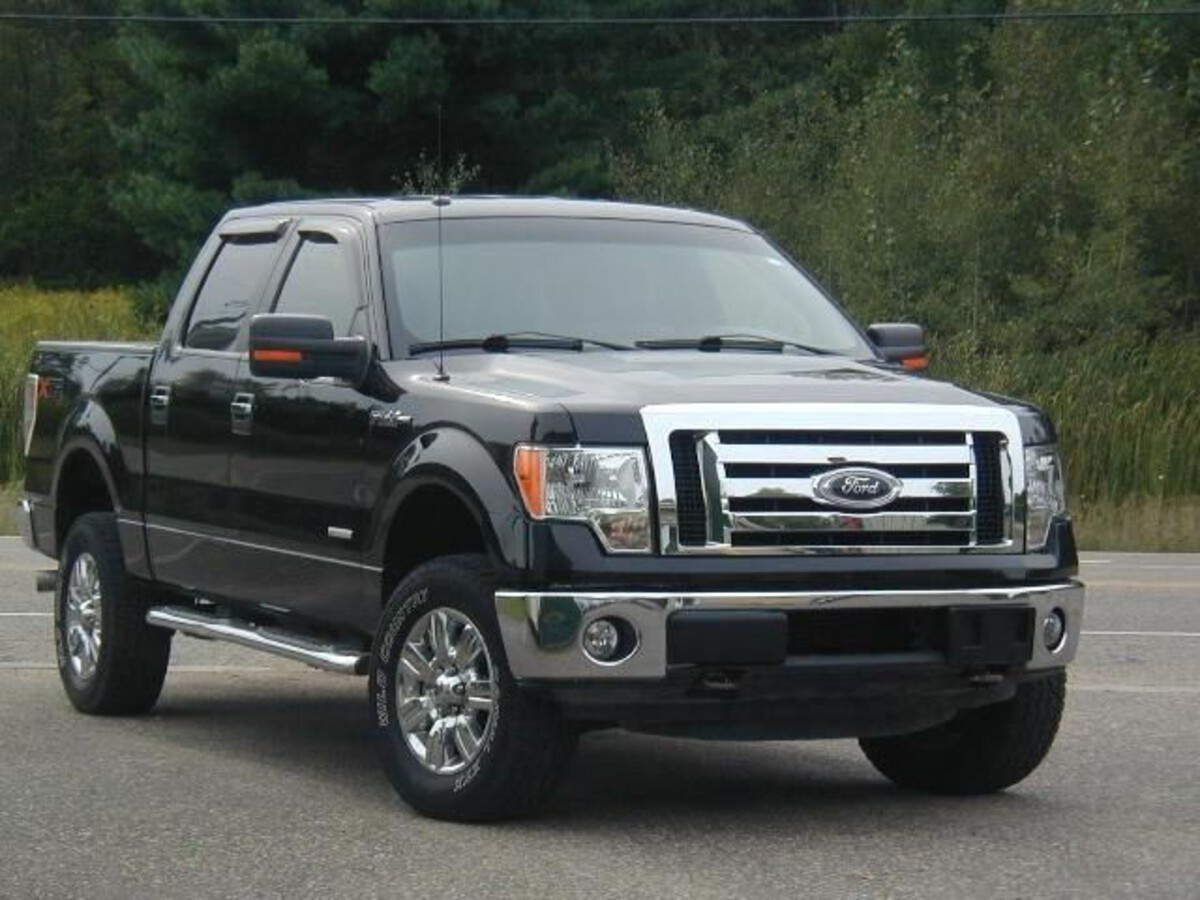
Owners love the F-150 because it’s not just reliable—it’s versatile. Whether you’re commuting, hauling gear, or heading into the wilderness, it handles it all. Consumer Reports and JD Power give high marks to its powertrain, suspension durability, and overall owner satisfaction.
The trick with the F-150 is to avoid the problematic early EcoBoost years (2011–2013). Stick to 2014+, and you’ll likely enjoy thousands of miles of smooth, dependable trucking.
Plus, parts are everywhere, and mechanics know them inside out. That means low repair bills and fast turnarounds.
4. Chevrolet Silverado 1500 (2015–2018)
The Chevy Silverado 1500 might not always be the flashiest truck on the block, but when it comes to repair rates, it’s a sleeper hit—especially the 2015–2018 models. These years feature refined engines, improved electronics, and a vastly more dependable transmission than the problematic 2014 batch.
With either the 5.3L or 6.2L V8 under the hood, these Silverados are built to take a beating. GM finally smoothed out the earlier kinks in the AFM (Active Fuel Management) system during these years, leading to fewer oil consumption issues and valve train failures.
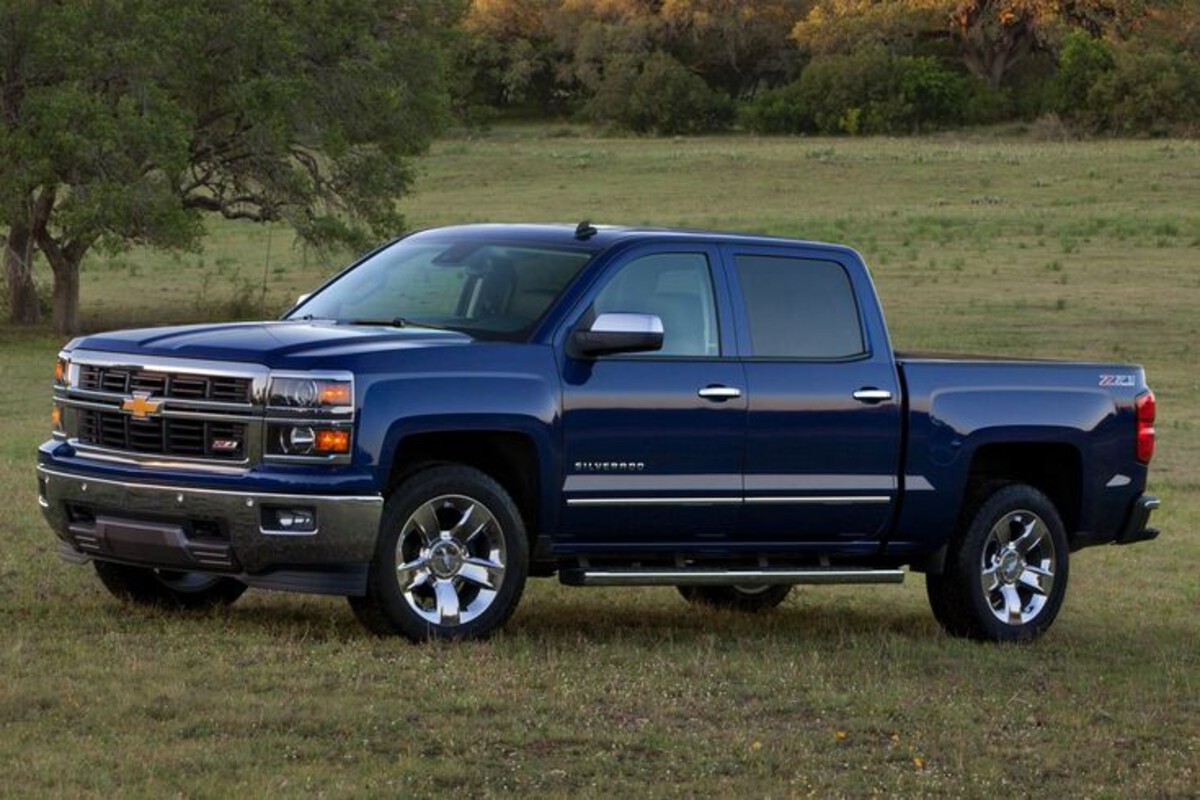
Real-world users report fewer trips to the mechanic compared to their Ram counterparts, and average repair costs remain manageable. The cabin tech is intuitive and doesn’t glitch out like in some rival pickups.
This Silverado is ideal for those who need serious towing capabilities without sacrificing long-term durability. It’s easy to work on, parts are widely available, and it’s got a die-hard fan base.
If you’re after an affordable, reliable used truck that doesn’t chew through your wallet or your weekend time, this Chevy delivers.
5. Nissan Frontier (2005–2021)
The Nissan Frontier is the cockroach of the pickup truck world—in the best way possible. This truck just won’t die. From 2005 all the way to 2021, Nissan barely changed the design, and that’s actually a blessing in disguise.
The 4.0L V6 engine is a tank. No frills, no fancy electronics to glitch out—just straightforward, durable engineering.
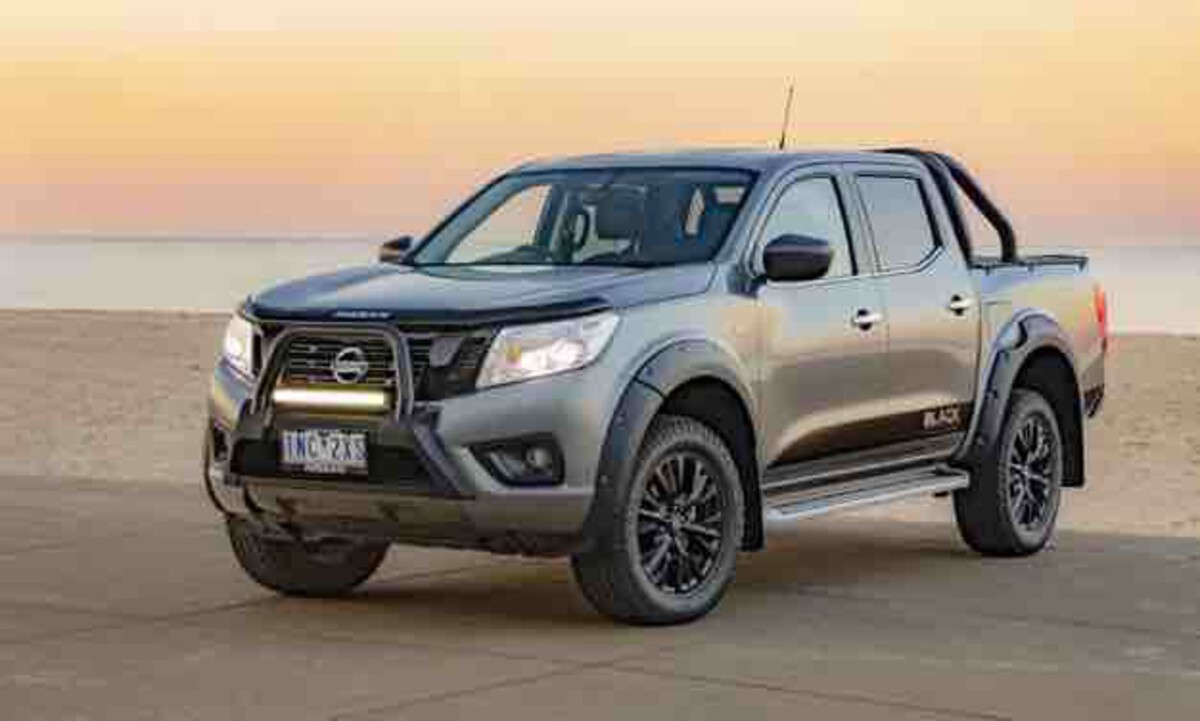
It’s known for its bulletproof transmission, solid frame, and low cost of ownership. Ask any mechanic—they’ll probably say, “Oh yeah, that thing will outlive you.”
Because of its long production run, there are tons of used parts out there, which makes repairs (when needed) dirt cheap. Plus, owners report hitting 250,000+ miles with minimal issues.
The only downside? It’s dated. Like, seriously dated. But if you’re more into dependability than digital displays, the Frontier is your guy.
5 Pickup Trucks That Constantly Break Down
Not every pickup truck is created equal. Some look tough but crumble under pressure. From persistent transmission problems to electrical nightmares, these five pickups are notorious for spending more time in the shop than on the road. If you’re thinking of buying one of these, think again—or prepare for an expensive relationship.
ALSO READ: 5 Cars With Zero Depreciation Over 5 Years and 5 That Drop Instantly
1. RAM 1500 (2011–2013)
The RAM 1500 from 2011 to 2013 might have rugged styling and a comfy ride, but under the hood lies a world of pain. These models are plagued with engine misfires, faulty electrical systems, and transmission problems that’ll leave you stranded.
The 5.7L HEMI is powerful, but oil sludge, camshaft failures, and lifter tick issues make it a mechanical minefield. The air suspension system? Sounds great in theory, until it fails in winter or lands you in debt.
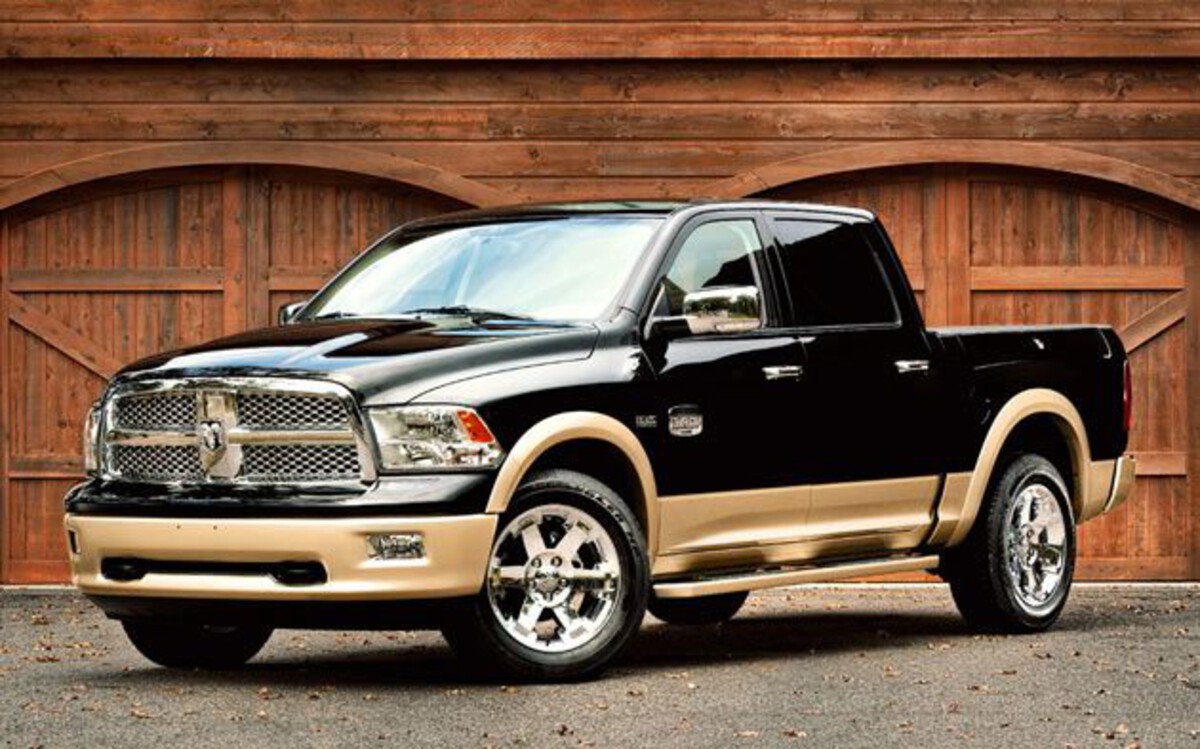
Many owners report ongoing warning lights, power window failures, and sensors acting like they’re haunted. On top of that, replacement parts can be pricey, and repairs often require dealership visits.
This generation of RAM has earned its reputation as a heartbreaker. It might be tempting due to its lower price tag, but trust me, you’ll pay in repair bills later.
2. Ford F‑150 (2004–2008)
Before the EcoBoost era, the Ford F‑150 was synonymous with rugged capability, but the 2004–2008 generation had its dark side.
The three-valve 5.4L Triton V8 sounds tough on paper, but these engines are notorious for spark-plug–eater cylinder heads and catastrophic aluminum threading failures. One wrong spark plug change and you risk stripping the head, leading to a $3,000+ repair that turns your wallet inside out.
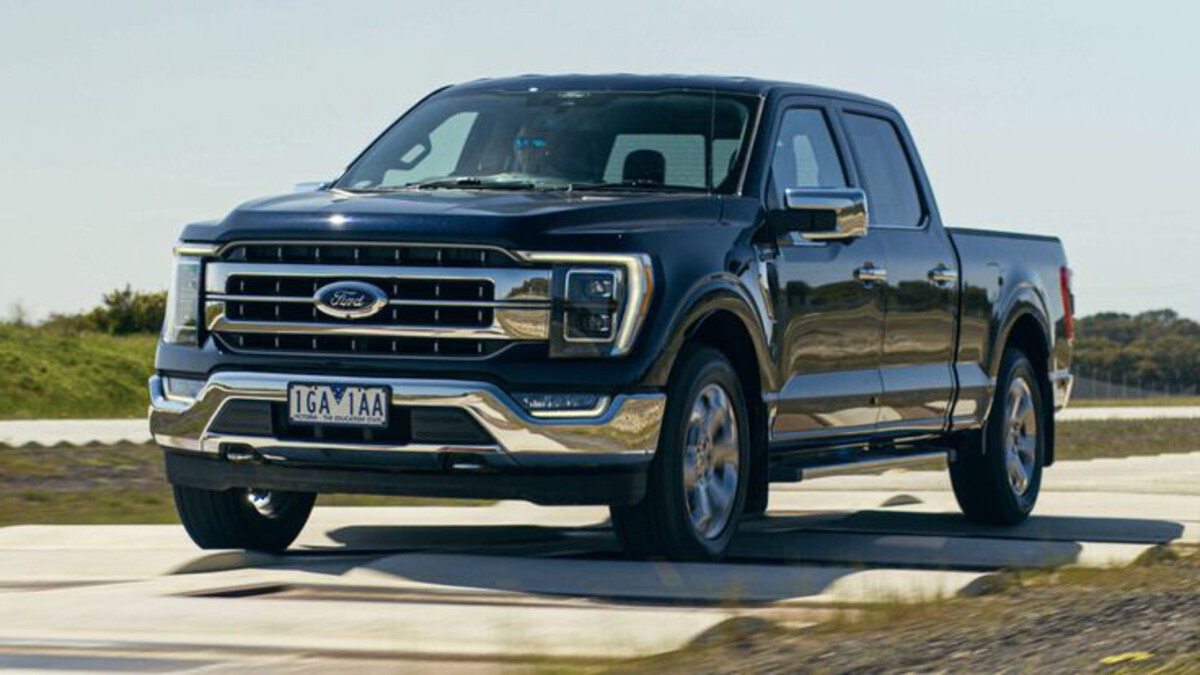
Beyond engine woes, the 4R100 transmission in super‑cab and super‑duty variants often slips or fails outright after heavy towing.
Leaky rear main seals and cam phasers sap performance, triggering P0016 and P0021 codes that can leave you stranded. Electrical gremlins—like faulty door‑lock actuators and glitchy instrument clusters—only add to the headache.
Mechanics report this generation F‑150 as one of the most frequent shop visitors, racking up average annual repair costs that rival European luxury sedans. It’s a shame, because the chassis and towing capacity are rock solid. But if you’re not prepared for constant maintenance and unpredictable breakdowns, steer clear of these model years.
3. Nissan Titan (2004–2010)
Nissan’s bid to challenge Big Three dominance yielded the Titan, but those early models left enthusiasts fuming. The 5.6L V8 engine suffers from head-gasket failures around 60,000 miles, often leading to coolant leaks and warped heads.
Nissan’s warranty extensions mitigate some pain, but once you’re out of coverage, you’re on your own.
The Titan’s five-speed automatic transmission also has a reputation for harsh shifts and early clutch pack wear.
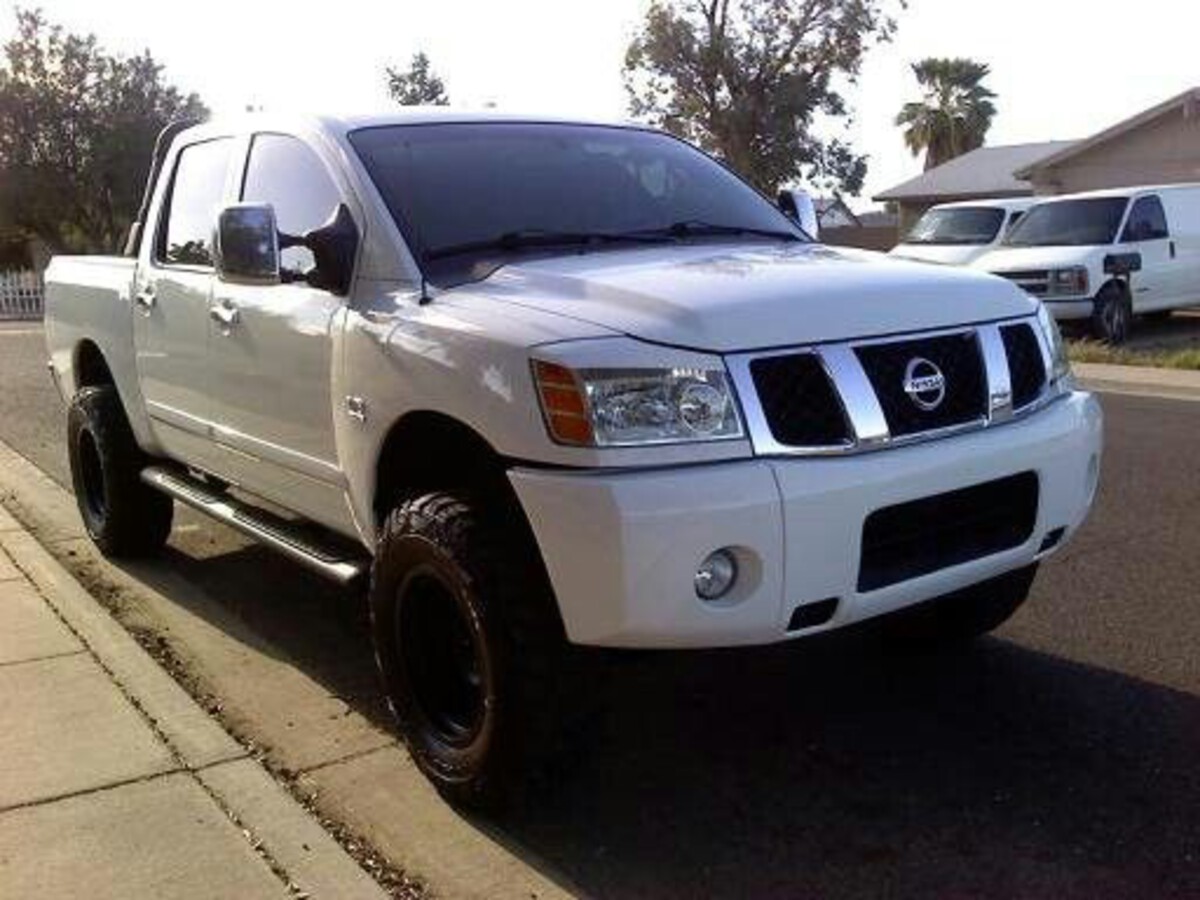
Add in ABS sensor failures and dash-cluster malfunctions, and you’ve got a recipe for frequent dealer visits. The electrical system is equally touchy: owners report phantom battery drains and intermittent starter problems.
Rust-prone frames on cold‑climate Titans accelerate structural decay if not treated promptly. Some owners have even experienced axle and U‑joint breakages when towing near the truck’s rated capacity. Subaru may build reliable rally cars, but Nissan’s early Titan feels more like a project car in disguise.
If you crave exclusivity and don’t mind pouring cash into repairs, tackle a used Titan. Otherwise, walk away before the head gasket blows.
4. Chevrolet Colorado (2004–2012)
The midsize Chevy Colorado had promise: lighter weight, zippy V6, and frugal gas mileage. But the 2004–2012 run is infamous for engine sludging and timing-chain tangle-ups in both the 2.8L four-cylinder and 3.5L V6. Many owners found themselves facing a dead motor after missed oil changes—or even when following service schedules.
Those plagued by Colorado woes often describe mysterious misfires, low oil‑pressure warnings, and ticking lifters that keep you up at night.
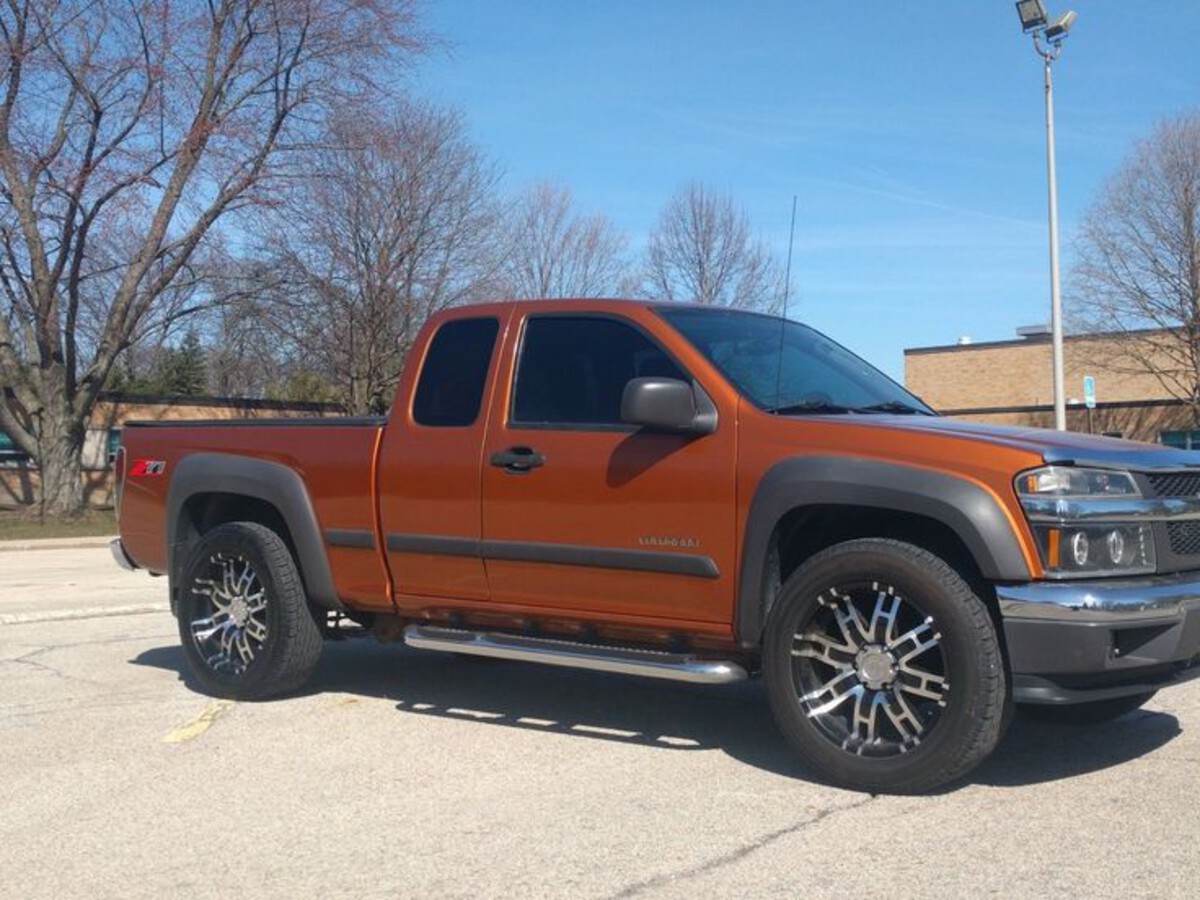
When the timing chain stretches, you can expect a bent-valve symphony at start‑up, courtesy of Chevy’s interference-design mill.
On the chassis side, the Colorado’s door hinges and window regulators commonly snap under daily use. Suspension components like ball joints and control-arm bushings wear out prematurely, causing steering wander and thumping noises over bumps.
Paint chipping and interior plastics crack easily, too—making this truck look long in the tooth before it ever hits serious mileage. Cheap parts and widespread aftermarket support soften the blow, but constant trips to the mechanic will still test your DIY grit.
5. Ford F‑150 (2015–2018 10‑Speed)
Ford’s 10‑speed 10R80 transmission promised silky shifts and efficiency—until owners started posting $4,000 repair bills. On 2015–2018 F‑150s, gear-hunting and slip‑shocks plague the 2.7L EcoBoost and 3.5L V6. The mechatronic pack can overheat, warp, and then throw you into limp mode with a cascade of P‑codes.
Turbocharger failures are another thorn. Small-turbo cartridges have been known to disintegrate, sending shards into the compressor housing. Poof—instant turbo replacement.

The intercooler plumbing also picks up leaks and boost-hose separations under hard driving. Owners lament electrical gremlins: sync‑module crashes, phantom wipers, and broken rear‑view cameras are par for the course. Even the aluminum body panels dent easily, and frame‑rail corrosion has surfaced in salty states.
Dealer techs sometimes reset the transmission software, offering a temporary reprieve—but the problem invariably returns. For an so‑called “next‑gen” F‑150, the 2015–2018 era feels more like a beta test than a finished product.
As a lifelong pickup aficionado, I’ve witnessed the glory—and the agony—of truck ownership. When you invest in a ride, reliability isn’t just a bonus; it’s the bedrock of your freedom.
The Toyota Tundra, Honda Ridgeline, Ford’s golden-era F‑150 (2014+), Chevy Silverado 1500, and the evergreen Nissan Frontier stand as hallmarks of durability. They offer rock-solid engines, dependable transmissions, and lower annual repair bills, letting you focus on the road and the adventures ahead.
On the flip side, certain model years come with caveats so cautionary they’ve earned legendary infamy. The RAM 1500 (2011–2013) with its HEMI heartache, the flawed Ford F‑150 of 2004–2008, the early Nissan Titan, the troubled Chevy Colorado, and Ford’s 2015–2018 10‑speed nightmare—these trucks will test your wallet and patience in ways no horsepower brag can override.
Ultimately, a truck isn’t just sheetmetal and torque curves; it’s your partner in grit, grind, and glory. Choose wisely, maintain vigilantly, and keep your rig—and your wallet—on the winning side of reliability. Because when it comes to pickups, nothing beats the pure joy of turning the key and riding without regret.

